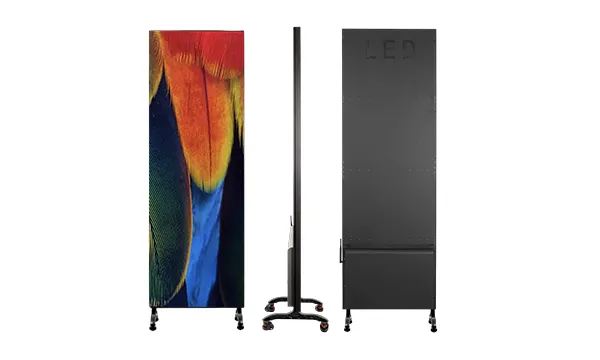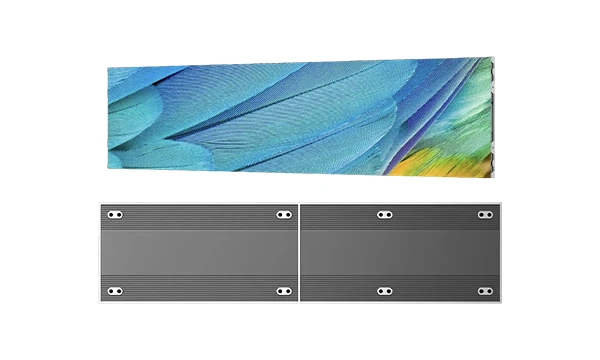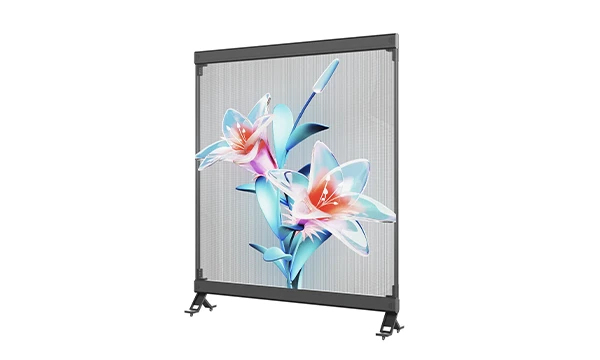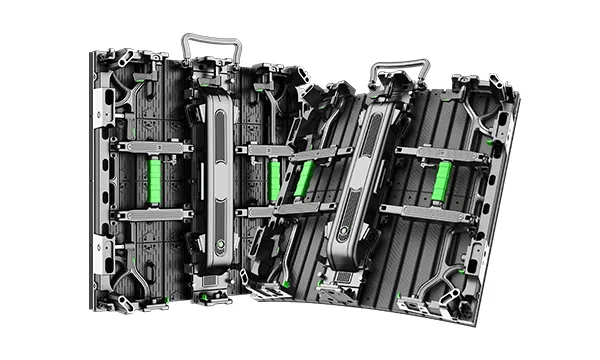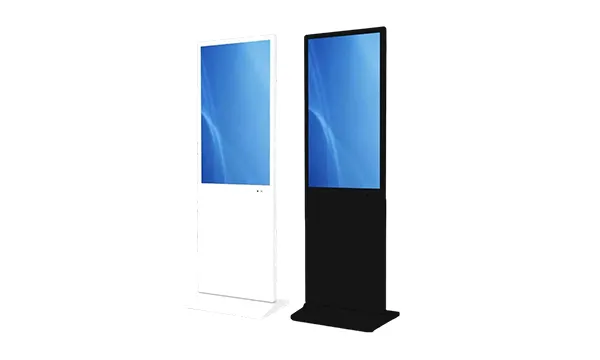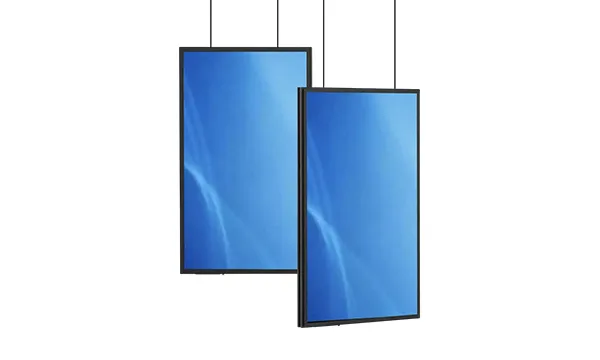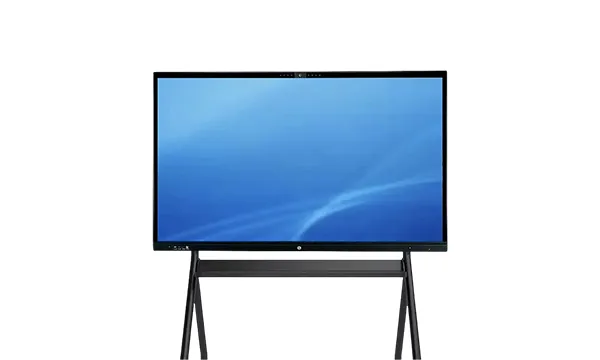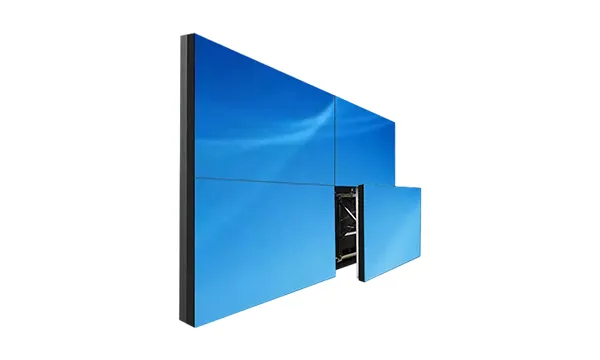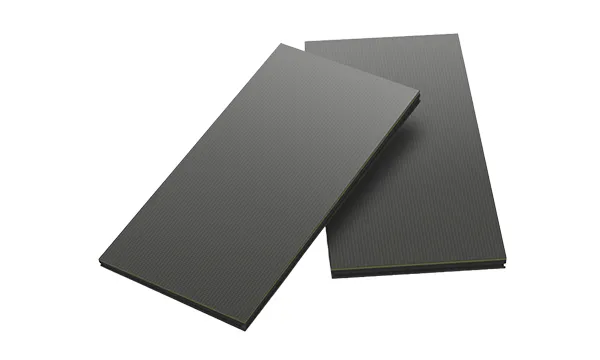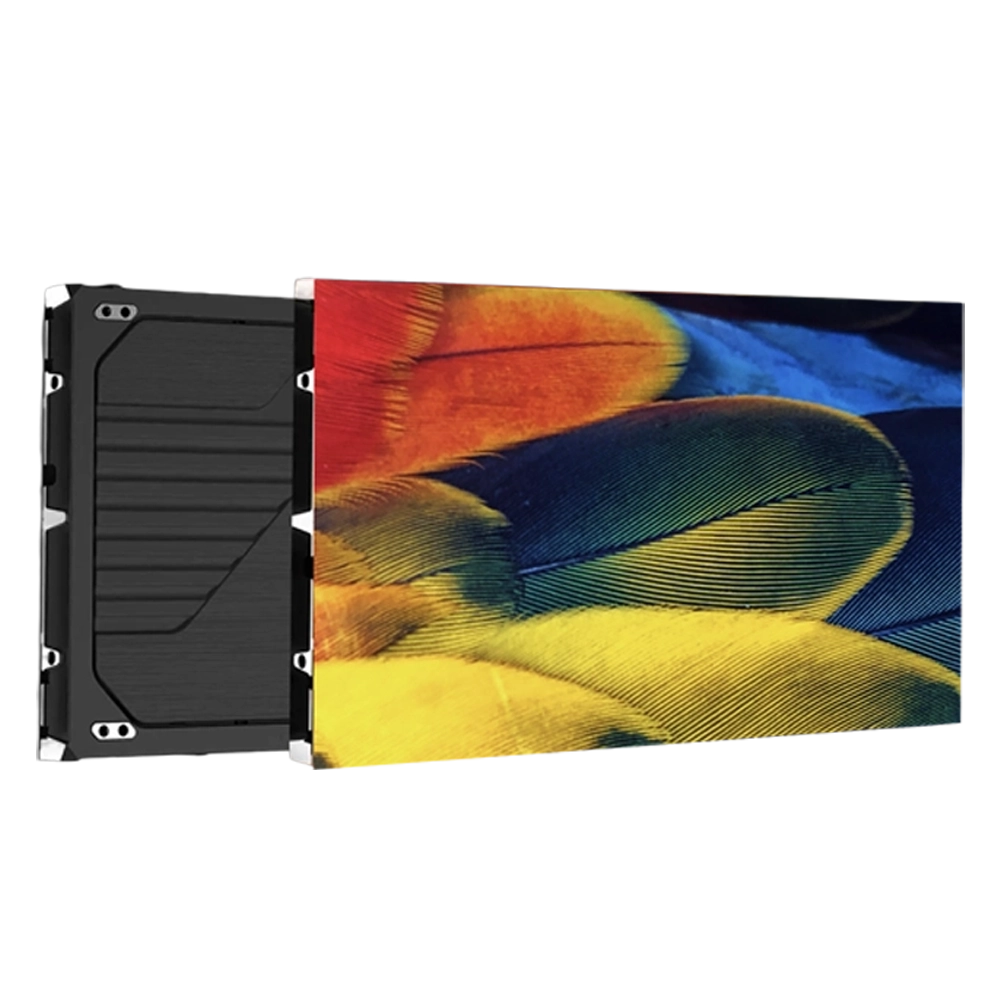Chip-on-Board (COB) technology has emerged as a transformative force in the LED display industry, redefining standards for resolution, durability, and energy efficiency. From its early days of skepticism to becoming a cornerstone of modern display solutions, COB is now driving innovation across sectors like commercial displays, virtual production, and consumer electronics. This blog explores COB’s current development status, challenges, and future trajectory.
Current Development Status
1. Explosive Growth in Production Capacity
COB’s production capacity has skyrocketed in recent years. In 2023, monthly COB capacity stood at 16,000㎡, surging to 51,000㎡ by the end of 2024. By 2025, projections suggest this figure will exceed 80,000㎡ monthly, fueled by aggressive expansion from key players.
2. Market Penetration and Application Scenarios
COB dominates high-end displays, particularly in P1.2 and smaller pitch markets. By 2024, COB accounted for 60–70% of the P1.2 market and expanded its footprint in P0.9 and P0.7 segments, where its value contribution is higher due to superior performance17. Applications span:
- Control rooms and broadcast studios: Demanding seamless, high-resolution visuals.
- XR (Extended Reality) production: Enhanced precision for virtual filming and AR/VR.
- Retail and advertising: Ultra-vivid digital signage resilient to bright environments.
Technological Advancements
1. Material Innovations: Ceramic COB
Ceramic-based COB substrates are revolutionizing thermal management and precision. Traditional MCPCB materials (2–4W/mk thermal conductivity) struggle with high-power LEDs, but advanced thin-film ceramic substrates offer superior heat dissipation, precise circuitry, and scalability. This shift addresses challenges like color consistency and reliability, critical for micro-pitch displays.
2. Process Optimization and Smart Manufacturing
Companies like Jade Bird Display have implemented AI-driven calibration and industrial IoT platforms to enhance production efficiency. Over 90% of their COB products now use in-factory calibration, reducing on-site installation time and improving consistency.

Challenges Ahead
1. Cost-Benefit Balance in Larger Pitches
While COB excels in small-pitch markets (P1.2 and below), scaling to P1.5+ requires cost reductions without compromising quality. SMD technology still dominates these segments due to lower production costs.
2. Competition from MiP and SMD
Micro-in-Package (MiP) technology poses a threat in high-density markets, though its high costs hinder mass adoption. Meanwhile, SMD retains cost advantages in mainstream applications, necessitating COB’s continuous innovation.
3. Overcapacity Risks
With COB capacity outpacing demand, price wars and margin pressures loom. However, analysts argue that niche markets (e.g., virtual production, medical imaging) and technological barriers (e.g., P0.9-and-below precision) will mitigate commoditization risks.
Future Prospects
1. Expansion into Consumer Electronics
COB is poised to penetrate consumer markets, particularly LED TVs and smart home devices. With Mini/Micro LED TVs gaining traction, companies like Cedar Electronics are pushing 4K/8K COB all-in-one machines certified for energy efficiency.
2. Standardization and Global Adoption
COB’s standardization efforts are accelerating, enabling mass production of uniform modules. This shift is critical for applications like LED video walls and conference all-in-ones, where consistency and scalability are paramount.
3. Next-Gen Innovations: AI and MicroLED Synergy
Integrating AI for real-time pixel calibration and pairing COB with glass-based MicroLEDs (e.g., Leyard’s PM-driven panels) will unlock new possibilities in HDR, 8K resolution, and ultra-low power consumption.
COB technology is at a pivotal juncture. While challenges like cost optimization and competition persist, its unmatched advantages in resolution, durability, and energy efficiency position it as a linchpin of the display industry’s future. As standardization accelerates and consumer markets open, COB’s journey from niche to mainstream is inevitable. For stakeholders, the key lies in balancing innovation with scalability, ensuring COB remains not just a trend, but a lasting revolution.


